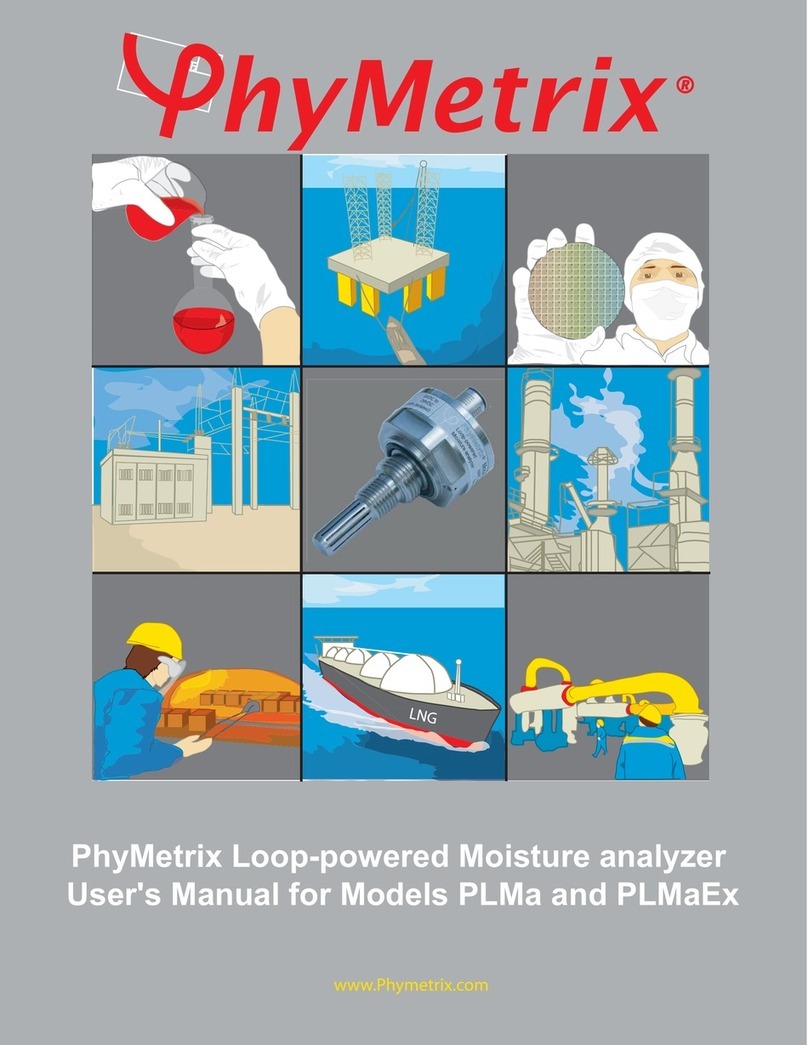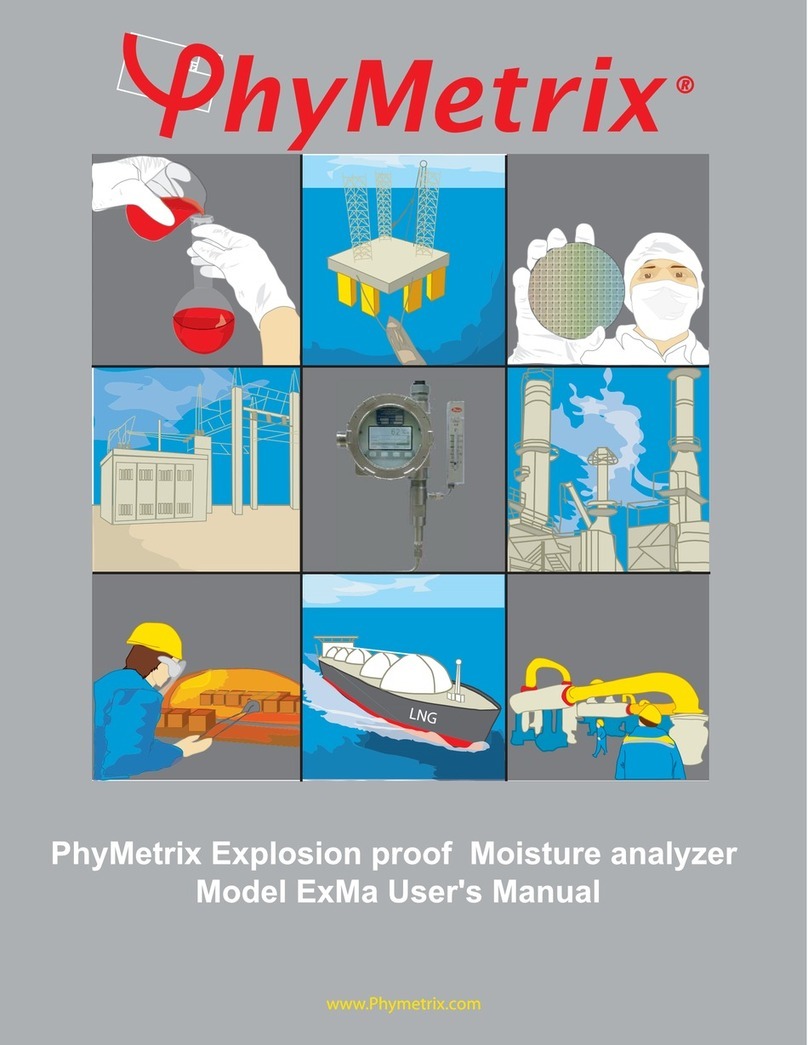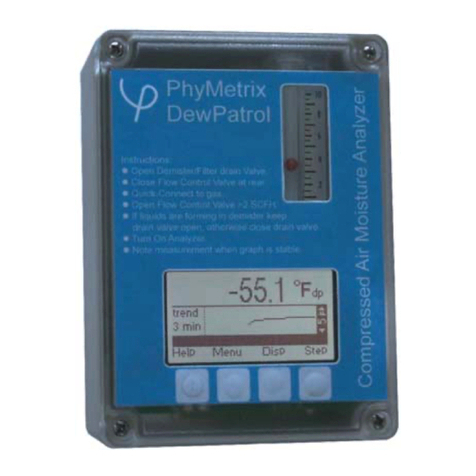
Table Of Contents
1Introduction............................................................................................................................. 1
2Important Principles of Operation .......................................................................................... 2
2.1 Sensor Operating Principle............................................................................................... 2
2.2 Sampling Mechanism Operating Principle ...................................................................... 2
3Precautions ................................................................................................................ 2
4Moisture System Considerations ............................................................................................ 3
4.1 Integrity of the Materials of the User’s System ............................................................... 3
4.2 Moisture Backflow Along the Walls of the Exhaust Tubing........................................... 4
4.3 Temperature Dependant Equilibrium............................................................................... 4
5Sampling Techniques.............................................................................................................. 4
5.1 Choosing a Measurement Site.......................................................................................... 4
5.2 Sample Conditioning........................................................................................................ 5
5.3 Tubing and Fittings .......................................................................................................... 5
5.4 Sample Pressure ............................................................................................................... 5
5.5 Measuring Gasses at Pressures above 50 psia.................................................................. 6
5.5.1 Model PPMa ............................................................................................................. 6
5.5.2 Model PPBa.............................................................................................................. 9
6User Interface Overview....................................................................................................... 10
7Operating the Analyzer......................................................................................................... 10
7.1 Mechanical Connections ................................................................................................ 11
7.2 Sampling and Dry Storing the Sensor............................................................................ 11
7.3 Powering the Analyzer ON or OFF................................................................................ 11
7.4 The Display Mode.......................................................................................................... 12
7.5 Units to Display the Measurement................................................................................. 12
7.6 Pressure Correction........................................................................................................ 13
7.7 Description of “STABLE” indication on the right side of the graph............................. 15
7.8 Navigating Through the Menus...................................................................................... 15
7.9 The Functions Available in the Menus .......................................................................... 17
7.10 External Connections: USB – 4/20mA Analog Out – Battery Use & Charging........ 19
8Data Logging ........................................................................................................................ 20
8.1 Single Data Point Log.................................................................................................... 20
8.2 Continuous Data Logging .............................................................................................. 21
8.3 Retrieving the Data / Clearing the Memory................................................................... 22
8.4 Logging Data Directly into a Personal Computer.......................................................... 22
9Single Point Calibration........................................................................................................ 22
10 Troubleshooting and Maintenance........................................................................................ 22
10.1 Cleaning...................................................................................................................... 22
10.2 Recharging the Battery............................................................................................... 22
10.3 Self Diagnostics.......................................................................................................... 23
10.4 Suspected Erroneous Measurements.......................................................................... 24
11 Specifications........................................................................................................................ 26
11.1 Specifications for Model PPMa.................................................................................. 26
11.2 Specifications for Model PPBa................................................................................... 26
11.3 ATEX Certification - Intrinsically Safe for use in Explosive Atmospheres .............. 27
Appendix A Mini-Demister..................................................................................................... 28
Appendix B Vacuum Pump Option on Model: PPBa ............................................................. 30
Appendix C Analyzer Calibration Log.................................................................................... 34
Revision #3.2 2020































